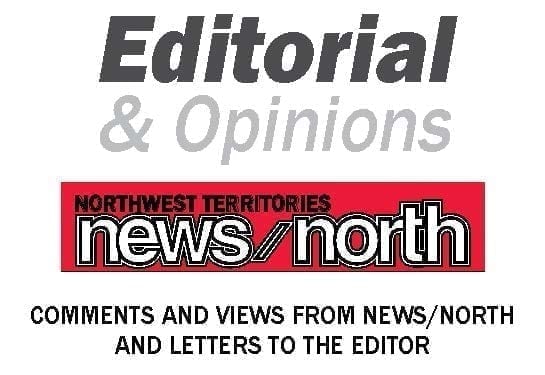Whether chief public health officer Dr. Kami Kandola is responding to the criticism and support residents of the Northwest Territories have hurled at her orders or a number of unrelated factors are coming together somewhat coincidentally, life in the NWT seems to be making progress on its slow dredge back to normalcy.
The territory hasn't yet advanced to phase three of the recovery plan, which will see a significant shift toward how life worked before Covid-19, including gatherings of as many as 100 people. But individual organizations are receiving exemptions from the standing public health orders, allowing them to get back to some level of activity.

These include the GNWT itself, which signalled its intent to recall its colossal workforce from the virtual realm before the fall, and the Yellowknife Sporting Club, which won an exemption from phase two restrictions to start hosting training camps for hockey players.
The subtext of these approvals is that they reflect that it's reasonable for NWT residents to reintroduce social interaction in our lives because we live in a place that saw its only five Covid-19 cases months ago.
The qualifier is that the facts are fleshing out that Kandola was quite right when she said tighter restrictions at the border and on essential workers like miners who travel to and fro would set the stage for a loosening of restrictions within the territory. The pair of presumptive cases at the Mary River Mine in Nunavut that the mine's owner, Baffinland, attributed to a "southern cluster," would seem to add to the body of proof.
More than 660 people have signed an online petition calling on officials to keep the NWT border closed to out-of-territory visitors, and the Dene Nation added its voice to the chorus earlier this month. The Canadian Charter of Rights and Freedoms has proven itself to be a wrinkle in such policies here and on the East Coast.
The threat of litigation was enough for Premier Caroline Cochrane to call an audible and announce that the NWT was in fact open to visitors who are willing to undergo a two-week self-isolation in one of the four regional centres.
But the logic is sound. The world was a different, slower-moving and farther-apart place when the Charter was conceived. The capacity of the health-care apparatus in remote Northern communities probably wasn't top of mind and the world had never seen anything like the wake of this pandemic, with its A-to-Z disruption of the normal course of affairs.
Like so many things in the North, when it comes to public health and safety orders, one size does not fit all. And remote communities can be forgiven for taking the risk of a devastating wave of infections seriously and keeping a close eye on the comings and goings of outsiders as the Covid cases continue to set records in the United States.
Community spread has never been a problem in the NWT, which is why restaurants and critical services like the Department of Motor Vehicles have been able to reopen with precautions. If we want that process to continue to phase three and beyond, we must not burst our bubble.